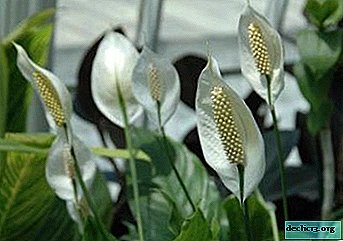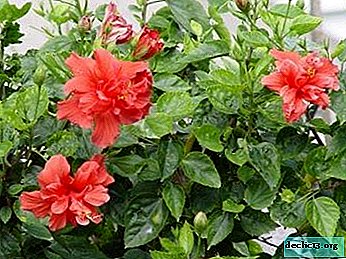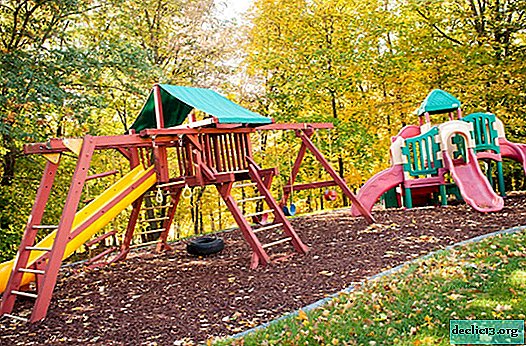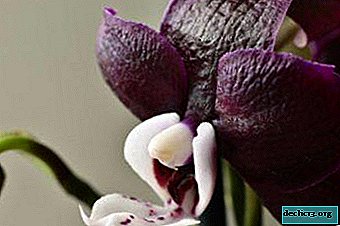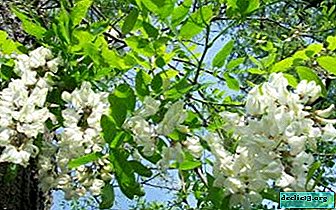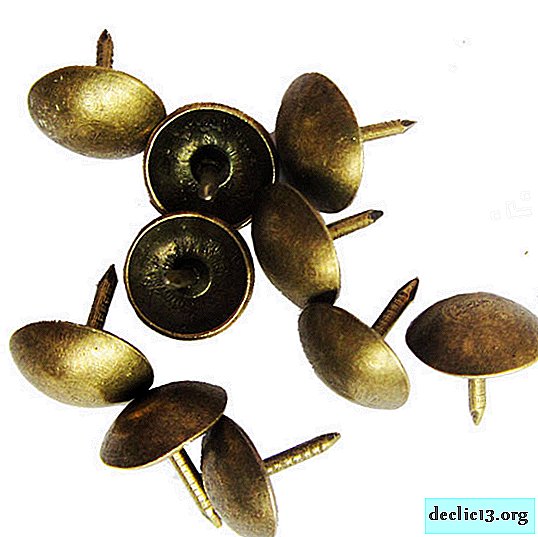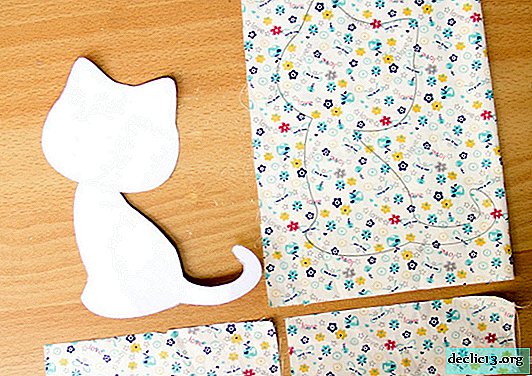Why and what to do if Cyclamen leaves turn yellow?

Cyclamen is a plant loved by many flower growers due to its most delicate flowering in winter and unpretentiousness. This is a stunning flower, which during flowering creates the feeling that a flock of small-winged butterflies flies over a bush of green heart-shaped leaves.
In addition to the external magical appearance, cyclamen also exudes a pleasant aroma, which perfumers use in their compositions. However, difficulties are encountered in growing such an unpretentious plant. Among the frequent complaints - cyclamen leaves turn yellow. We will understand why this happens and how to help a flower in this situation.
What is this plant?
Genus Cyclamen or Alpine violet from the Mirsin family (Myrsinaceae), sometimes attributed to the family Primrose (Primulaceae) and including about 20 species. In fact, the correct name of the plant implies an emphasis on the first syllable - cyclamen, and the generally accepted pronunciation variant came to us from the French language.
The genus Cyclamen includes plant species such as perennial herbaceous plants, common in the Mediterranean countries; from Spain in the west to Iran in the east, as well as in Northeast Africa, including Somalia. Cyclamen is a perennial tuberous bulbous plant, with beautiful patterned heart-shaped leaves and single flowers on long pedicels. Flowers, up to 8 cm in diameter, have five petals and can be with white, pink, purple, lilac and even purple.
On a note. Cyclamen leaves grow directly from the root, pedicels appear from there, due to which the plant looks like a lush bush.Among the domestic species of cyclamen, varieties with green carved leaves are distinguishedon which an intricate pattern of light green color is visible.
Why is there a problem?
If you notice that your favorite flower has an unhealthy appearance and foliage fades and turns yellow, then you need to deal with possible causes.
Unsuitable room temperature
 Cyclamen - a plant that prefers cool, because it is in the cold season that it grows and blooms intensively.
Cyclamen - a plant that prefers cool, because it is in the cold season that it grows and blooms intensively.
The most suitable temperature for the plant will be - 18-24 degrees in the summer and 12-14 degrees in the winter. At a higher temperature, cyclamen leaves may begin to turn yellow, and if these conditions persist for a long time, the plant will die at all.
Place the flower pot as far away as possible from operating heaters. If the air temperature in the room is always above the optimum by 4-5 degrees or more, the plant will have to be transferred to a cooler place. You can transfer the flower to the insulated veranda, balcony or unheated room.
Direct sunlight
Cyclamen does not tolerate the scorching rays of the sun. The best for him would be a bright, but nevertheless necessarily diffused lighting, necessarily - with protection from the midday sun. For cyclamen, eastern and western windows are well suited.
Attention! If you find yellow spots on the leaves, then the flower will receive a sunburn. To avoid damage to the remaining leaves, the plant must be removed in the shade.Errors when watering and spraying
An important criterion for the successful cultivation of a healthy and beautiful cyclamen is the correct irrigation regime and soil moisture level. During flowering, the flower needs regular, but not too plentiful watering. At rest - rather meager and rare.
The main thing is not to overmoisten the flower and when watering, water should not fall on the tubers. If this often happens, then the roots of the plant rot, the leaves turn yellow, and the plant may die (how to save the drenched cyclamen, read here)
Cyclamen, as a resident of humid places, prefers high humidity. In winter, it must be provided especially carefully. To save the flower from the dry and hot air created by heating devices, the pot must be placed in a container with small pebbles or expanded clay and fill them with water. The second option is to spray air around the plant from a spray bottle, without getting on the leaves of the plant. Water on the leaves will cause yellowing.
If you find that you have chosen the wrong irrigation regime and the soil is too wet, then you should inspect the tubers in the plant. The tuber is hard and has several rotten spots - we cut damaged places, sprinkle the slice with charcoal and dry. After this, cyclamen should be transplanted into a new pot and the soil should not be over-moistened anymore.
Cyclamen loves soft, settled water. Water the flower with it, observing the watering regime.
If the whole tuber of the flower has become soft, it means that it has rotted entirely and the plant cannot be saved.
Incorrect feeding
 Also excessive feeding may cause yellowing of the leaves, especially fertilizers with a high nitrogen content. Excess of the same fertilizers can provoke the swelling of the tuber, which in turn makes it vulnerable to various diseases.
Also excessive feeding may cause yellowing of the leaves, especially fertilizers with a high nitrogen content. Excess of the same fertilizers can provoke the swelling of the tuber, which in turn makes it vulnerable to various diseases.
At the same time, the lack of fertilizers can affect the condition of the leaves in a similar way: cyclamen at the same time gets rid of its green leaves several leaves, which he is able to provide health and growth. Fertilizing cyclamen is recommended every 2 weeks with liquid mineral top dressing, diluted in half dose. In the resting period, feeding is not needed.
Undetected dormancy
Reference. After abundant flowering, cyclamen begins a dormant period, which occurs in spring and summer.It is characterized by a gradual yellowing of leaves, their falling. The flower is preparing for rest and recovery. In this case, just you need to remove dried leaves, gradually reduce the amount and amount of watering, stop feeding and transfer the pot to a cool, dark place, such as a basement.
The dormant period ends in the second half of July and cyclamen returns to its usual conditions, watering should be increased as new leaves appear.
Transplant errors and its untimely
If you transplant a flower at an inappropriate time for it, or select inappropriate soil and a pot, this can lead to yellowing of the foliage. It is best to wait until the dormant period of the plant passes, at the end of summer, when the first young leaves appear.
The composition of the soil during transplantation is equal proportions of humus, sand, leaf and sod land. The pot should not be large, the optimal diameter for an adult plant is 12-14 cm. The tuber of the Persian cyclamen is half buried in the soil, and that of the European, Neapolitan and the rest is completely.
Errors when deepening the tuber of the plant can lead to yellowing of the leaves after transplantation.
Pests
Often the flower is affected by red spider web or cyclamen mites. If cyclamen withers and turns yellow - you should inspect the flower for pests. The first signs of spider mite infection are yellow dots on the top of the leaf. Gradually they merge into spots, and the sheet itself dies.
A measure to combat these pests is a two-time treatment with insecticides (Actellik, Fitoverm) with a frequency of 2 weeks. Signs of the presence of cyclamen mite is the brown color of the edges of the leaf, curl of the leaves, wilting buds. You can fight it with the help of acaricides (Akarin, Agravertin).
To learn about what other pests are dangerous for cyclamen, see this article.
Disease
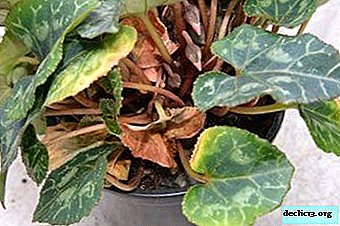 When infected with Fusarium fungi, the plant turns yellow and dries gradually, the process begins with the tops of the leaves. To save the flower, remove it from the pot, remove the affected areas of the tuber, treat it with fungicide, and plant it in a new calcined earth.
When infected with Fusarium fungi, the plant turns yellow and dries gradually, the process begins with the tops of the leaves. To save the flower, remove it from the pot, remove the affected areas of the tuber, treat it with fungicide, and plant it in a new calcined earth.- With the formation of gray rot - first a gray coating appears, then they quickly turn yellow - you need to cut off the affected areas and treat the flower with a fungicide.
- When infected with Erwin fungus, the leaves turn yellow and die off very quickly, they need to be cut off and treated with cyclamen fungicide.
- Leaf Bronze Virus - the leaves are first deformed, then turn yellow and dry. In this case, treatment is not possible. The flower must be removed so that other plants do not become infected.
About the most common cyclamen diseases, as well as ways to combat them, read here.
What needs to be done?
First of all, check whether yellowing occurs during the dormant period of the plant. If this is possible, then check for diseases and pests, and immediately begin to fight them. How to properly care at home if the leaves fade and turn yellow?
Important! If the leaves turn yellow due to improper care, it is necessary to remove the plant from heating devices, create moist air and slightly moistened earth. Yellow leaves cut off.You can read about how to save cyclamen from death here.
Features of seasons care
Among the rules of care can be identified key, classified by the seasons:
- Autumn - rapid flower growth (the appearance of young leaves, the laying of future buds). You can transplant a plant. Watering is good, maintain high humidity.
- Winter - flowering. Observe medium watering and humidification. Removing faded plant parts.
- Spring - preparation for the dormant period (leaf wilting, tuber exposure). Reduce watering, trim dry leaves.
- Summer - The resting period of alpine violets. Trim all the upper parts, put into the basement, or other dark, damp place, occasionally watered.
Cyclamen is a poisonous plant. When working with him, wear rubber gloves and grow away from children and pets.
Cyclamen is an amazingly beautiful indoor plant. If his leaves are yellow, it is necessary to find the cause and eliminate it. Then the grateful flower will delight the eye with long winter days.
Useful video
Yellow leaves in cyclamen (Cyclamen). Possible causes of yellowing:

 When infected with Fusarium fungi, the plant turns yellow and dries gradually, the process begins with the tops of the leaves. To save the flower, remove it from the pot, remove the affected areas of the tuber, treat it with fungicide, and plant it in a new calcined earth.
When infected with Fusarium fungi, the plant turns yellow and dries gradually, the process begins with the tops of the leaves. To save the flower, remove it from the pot, remove the affected areas of the tuber, treat it with fungicide, and plant it in a new calcined earth.